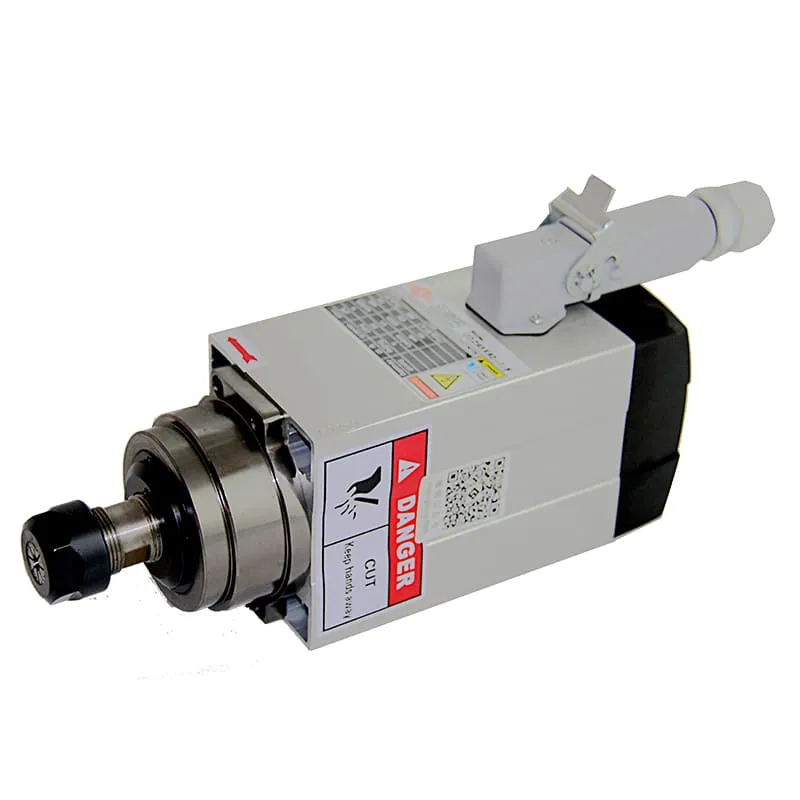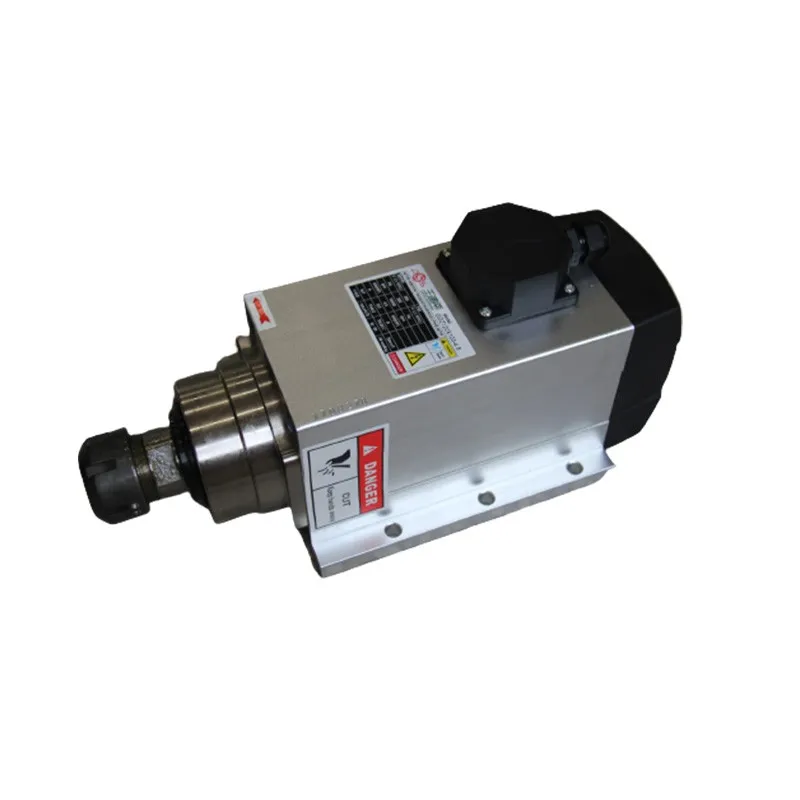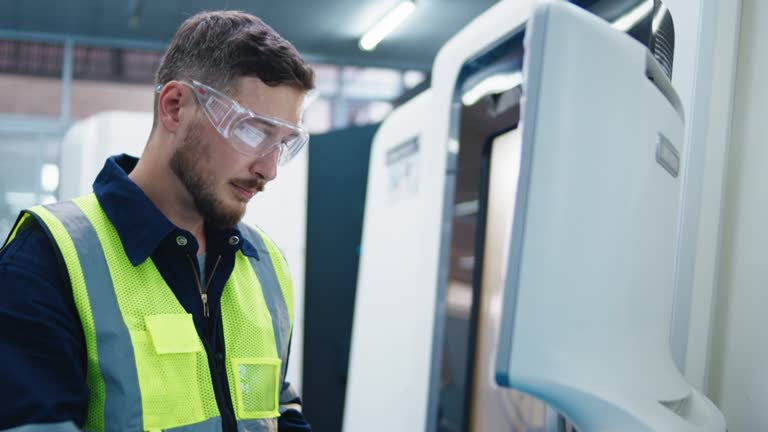What Is CNC Lathe?
CNC (Computer Numerical Control) lathe machines are among the most commonly used tools in manufacturing today. They are versatile and capable of producing a wide range of parts with precision. CNC lathes automate the turning process, making it possible to achieve high-quality, repeatable results without relying entirely on manual labor. This guide will explore the workings of CNC lathes, their uses, and their key benefits.
Understanding CNC Lathe Machines
1. What Is a CNC Lathe?
A CNC lathe is a computer-controlled machine used to perform operations like cutting, sanding, drilling, and turning. It revolves the workpiece along an axis to create precise cylindrical or conical shapes. The term “lathe” originates from the machine’s original manual form, but now, CNC technology adds automation and precision to the process.
A CNC lathe machine typically consists of:
- Chuck: This component holds the material or part being machined.
- Tool Turret: Houses various tools used during machining operations.
- Spindle: The rotating axis that drives the material.
- Control Unit: Allows the operator to input parameters and monitor processes.
The lathe works by rotating the material while various tools interact with the surface to shape it into the desired form.
2. How Does a CNC Lathe Work?
CNC lathes work by rotating a workpiece around its axis while cutting tools remove material to shape the part. The process can be broken down into several steps:
- Loading the Workpiece: The raw material is loaded into the chuck, which holds it in place securely.
- Setting Up Tool Paths: Computer Numerical Control programming defines the exact movements the tool will take, ensuring high precision.
- Machining: The spindle spins the material, and various tools work on it to create intricate details and achieve the desired dimensions.
- Completion: Once the workpiece reaches its final dimensions, it is removed, inspected, and finished as necessary.
The control unit is key in coordinating these actions, enabling the machine to execute tasks repeatedly and consistently.
3. Types of CNC Lathes
CNC lathes can be broadly classified into several types based on their capabilities and configurations:
- 2-Axis CNC Lathes: These are the simplest lathes that perform basic turning operations.
- 3-Axis CNC Lathes: These machines add a milling function, allowing the operator to perform more complex tasks without repositioning the workpiece.
- Multi-Axis CNC Lathes: These include up to 5 axes, enabling advanced operations like machining intricate geometries and complex angles.
The selection of a particular type of CNC lathe depends on the project requirements. For intricate and complex parts, multi-axis CNC lathes are highly efficient and often the preferred choice.
Applications of CNC Lathes
4. Production of Automotive Parts
One of the most common uses for CNC lathes is in the automotive industry. They are used to create parts like gears, cylinders, and shafts, which require high precision for effective performance. CNC lathes are suitable for both prototyping and full-scale production due to their accuracy and repeatability.
For durable spindle motors that enhance your CNC machining projects, check out our 1.5KW ER20 Square Air-Cooled Spindle.

5. Production of Medical Components
CNC lathes are used extensively in the medical industry to manufacture components like prosthetic joints, bone screws, and other custom implants. The ability to create high-precision, repeatable parts is essential, particularly for medical devices that need to be tailored for individual patients.
- Precision: Medical components often require extremely tight tolerances.
- Customization: The programmability of CNC lathes allows for the production of custom parts on demand.
6. Aerospace Industry Applications
The aerospace industry demands high-quality parts made of lightweight but durable materials. CNC lathes are used to produce components like turbine blades and shafts from materials like titanium and aluminum.
- Material Compatibility: CNC lathes can handle a variety of metals, making them versatile enough to meet the aerospace industry’s demanding specifications.
- Tight Tolerances: Precision is critical for parts that must withstand extreme conditions, such as those found in aerospace.
CNC Lathe Techniques and Benefits
7. Lathe Machining Operations
CNC lathes can perform several machining operations, which include:
- Turning: Removes material from the outside of a rotating workpiece.
- Facing: Used to create a flat surface on the end of a part.
- Drilling: Performed using a rotating tool to create holes in the workpiece.
These operations allow for a variety of components to be machined from a single setup, reducing production time and enhancing efficiency.
8. Difference Between CNC Lathe and Milling Machine
While CNC lathes and CNC mills are both used for cutting materials, their methods differ significantly:
- Lathe: The workpiece rotates while the cutting tool remains stationary, making it ideal for cylindrical shapes.
- Mill: The cutting tool rotates while the workpiece is fixed, which is better for non-cylindrical, complex geometries.
CNC lathes are more efficient for producing symmetrical parts, whereas CNC milling is suitable for parts requiring detailed features.
9. Tool Path Planning in CNC Lathes
Effective tool path planning is essential to optimize machining time, minimize tool wear, and improve product quality.
- Climb Turning vs. Conventional Turning: In climb turning, the cutting tool engages with the material at the maximum depth first, which tends to be more efficient.
- Simulation: Most CNC lathe software includes simulation capabilities that help detect potential issues before actual machining, reducing waste and enhancing safety.
Advantages of CNC Lathes
10. Precision and Repeatability
CNC lathes are known for their precision. They can produce parts with tolerances as tight as a few micrometers, ensuring consistent quality across large production runs.
- Repeatability: The computer-controlled nature means that every part produced is virtually identical, which is crucial in sectors like automotive and medical.
11. Reduction in Human Error
The use of computer controls drastically reduces the possibility of human error. Operators do not need to manually adjust tools or positions, which can lead to variations and mistakes in traditional lathing methods.
12. Increased Flexibility
CNC lathes provide flexibility to produce a wide range of products without needing to invest in specialized tooling for each design. The same machine can switch from producing an automotive component to a custom piece for the medical field by merely changing the program.

Explore our 4.5KW Air-Cooled Spindle with Flange for robust and high-precision applications.
CNC Lathe Uses in Various Industries
13. Electronics Industry
In the electronics industry, CNC lathes are used to create precise components for circuits, housings, and connectors. The need for accuracy in electronic parts is high, and CNC lathes are well-suited to meet this demand.
14. Furniture Manufacturing
Woodturning using CNC lathes is common in furniture manufacturing to produce items such as table legs, spindles, and decorative features. CNC lathes are capable of creating the same intricate designs consistently across multiple pieces.
- Intricate Designs: The programmable nature allows for complex, repetitive patterns.
- Material Versatility: Handles soft materials like wood as well as harder materials such as plastic.
15. Jewelry Production
The jewelry industry often uses CNC lathes for producing rings, bangles, and other round elements. The precision and programmability make it possible to create intricate designs quickly and consistently.
FAQs About CNC Lathes
1. What is a CNC lathe?
A CNC lathe is a computer-controlled machine that rotates a workpiece while applying various tools to shape it into a precise part.
2. How does a CNC lathe differ from a CNC milling machine?
CNC lathes rotate the workpiece to remove material, while CNC mills rotate the cutting tool. Lathes are ideal for creating cylindrical shapes.
3. What materials can be used in a CNC lathe?
CNC lathes can work with metals, plastics, and wood, depending on the application and the desired properties of the final part.

